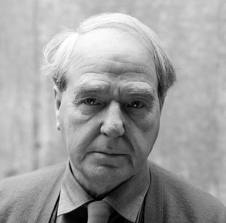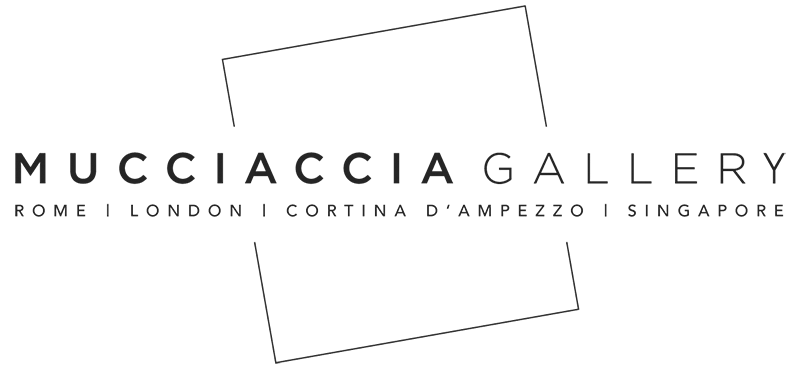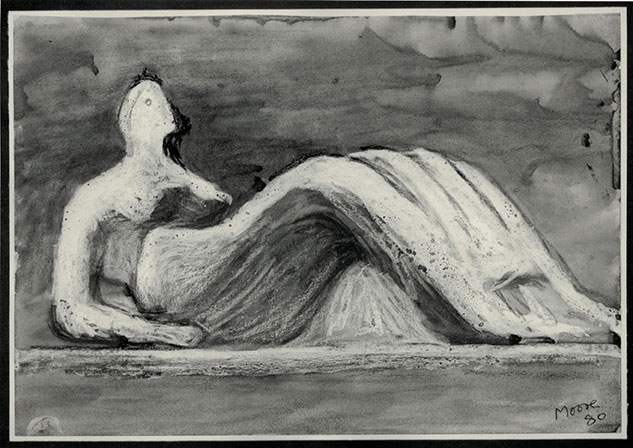Henry Moore
Born in 1898 in Castleford, England; dies in 1986 in Much Hadham, England.
Moore begins his career as a teacher and only after his military service, during World War I, he attends the Leeds School of Art. In 1922, he wins a scholarship for Sculpture at the Royal College of Art in London, where he becomes a lecturer in 1924, holding the post for seven years. He is interested in Mexican, Egyptian and African sculpture, and he observes the British Museum’s vast collection. In 1925 upon receiving another scholarship from the Royal College, he visits Italy. In 1928, he has his first solo at the Warren Gallery in London. In 1937, he joins the Surrealist group in London and in 1938 he takes part at the International Exhibition of Abstract Art at the Stedelijk Museum in Amsterdam. During the war he is commissioned from the War Artists Advisory Committee to draw scenes of life in the bomb shelters (1940), he has his first retrospective at Temple Newsam in Leeds (1941) and devotes himself almost exclusively to drawing. In 1943, he is commissioned to carve a Madonna and Child for the church in Northampton St. Matthew, the first in an important series of sculptures. In 1946 the Museum of Modern Art in New York holds his first major monographic exhibition and two years later he wins the International Prize for Sculpture at Venice Biennale. During the 1950’s, he receives a number of important public commissions, including Reclining Figure (1956-58) for the UNESCO building in Paris.

WORKS
Reclining figure: Bone Skirt – 1980 – mixed technique and tempera on paper – cm 19,5X29


